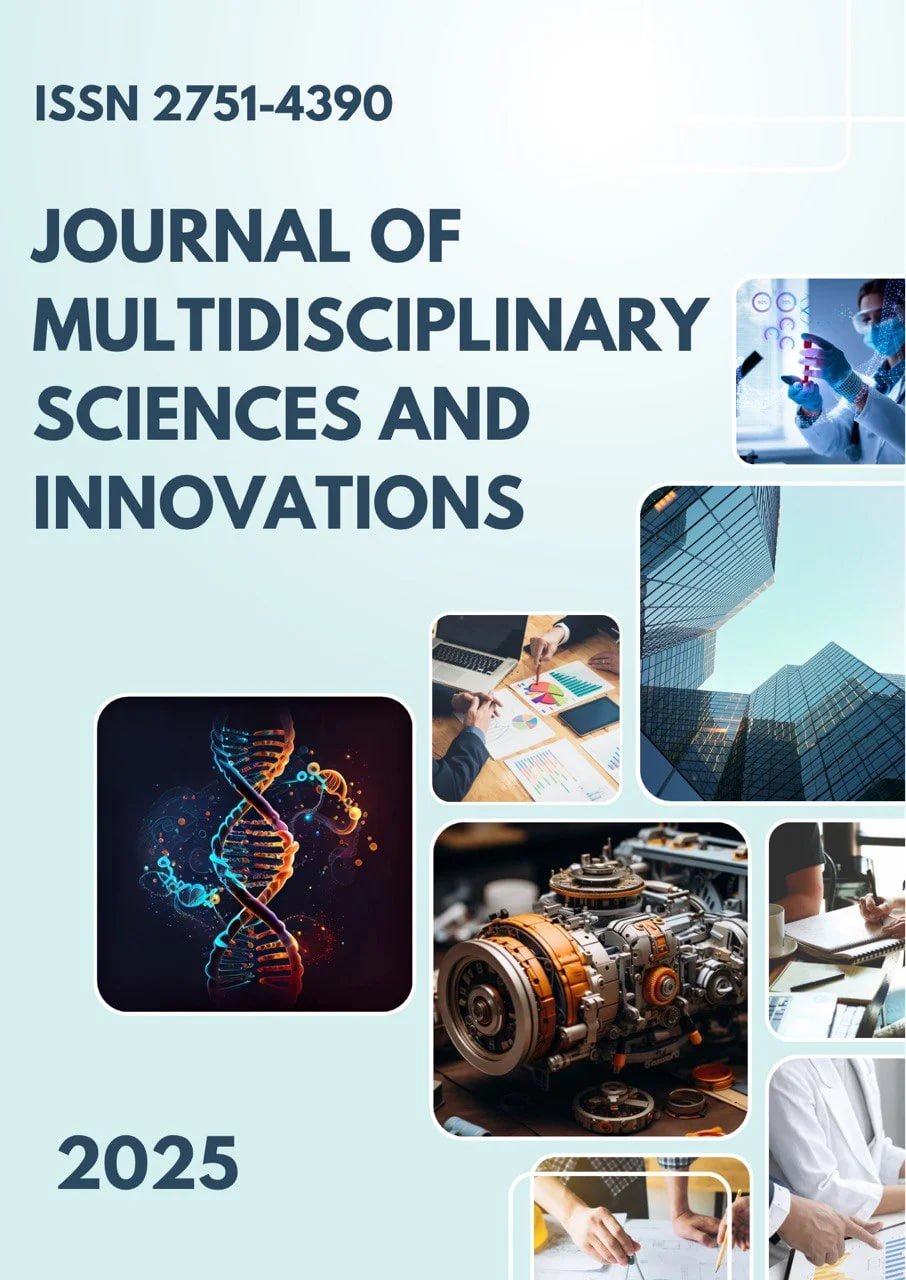LINGUISTIC EXPRESSION OF THE CONCEPT OF GENDER EQUALITY IN LEGAL DISCOURSE
Main Article Content
Abstract
This paper explores how the concept of gender equality is linguistically expressed in legal discourse. Through the analysis of legislative texts, legal reforms, and international legal instruments, the study identifies the patterns, lexical choices, and syntactic structures used to articulate gender-equal principles. The aim is to reveal how language reflects, reinforces, or challenges gender norms in legal contexts.
Downloads
Article Details
Section

This work is licensed under a Creative Commons Attribution 4.0 International License.
Authors retain the copyright of their manuscripts, and all Open Access articles are disseminated under the terms of the Creative Commons Attribution License 4.0 (CC-BY), which licenses unrestricted use, distribution, and reproduction in any medium, provided that the original work is appropriately cited. The use of general descriptive names, trade names, trademarks, and so forth in this publication, even if not specifically identified, does not imply that these names are not protected by the relevant laws and regulations.
How to Cite
References
1.Language and Gender in Legal Context https://www.researchgate.net/publication/388315866_Language_and_Gender_in_Legal_Contexts
2.Baltic Journal of English Language, Literature and Culture Vol. 8, 2018: 101–119https://doi.org/10.22364/BJELLC.08.2018.07.INTERPRETATION OF THE CONCEPT GENDER IN LEGAL DISCOURSE BAIBA RUDEVSKA GUNTA ROZIŅA and INDRA KARAPETJANA
3.UITS Journal of Humanities and Social Sciences Volume: 6,Issue:ISSN:2663-1105, December-2018 Language and its Relationship with Gender: A Study on Sociolinguistics Perspectives
4.. “Language and Gender” – Penelope Eckert & Sally McConnell-Ginet (2013)
5.Deborah Cameron — Gender and Language

